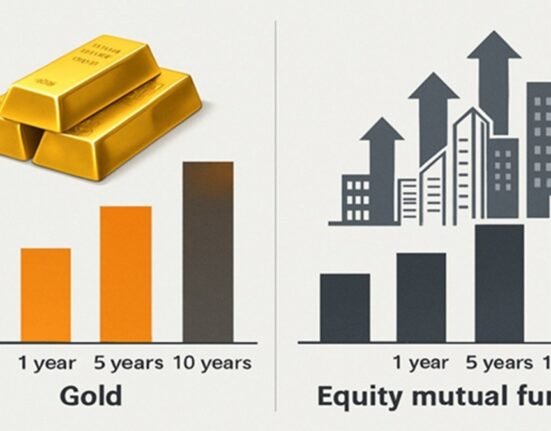Trump Tariff Delay Takes Pressure Off—For Now
Trump’s decision to extend the deadline for 50% tariffs on EU goods to July 9 briefly reduced geopolitical tension. Over the weekend, the U.S. President said he agreed to an extension after a phone call with European Commission President Ursula von der Leyen, calling it a “privilege” to accommodate ongoing trade talks. This move countered last week’s aggressive rhetoric, when Trump threatened a “straight 50% tariff” and floated a 25% levy on Apple iPhones made outside the U.S.
Dollar Slips, While Gold Consolidates Above Key Levels
Despite Monday’s softness, gold remains well bid above key support at $3,166.46 and $3,018.52. Last week, gold posted its strongest weekly performance in six weeks, rising 4.8% to $3,358.13. A drop in the U.S. dollar index—down 1.5% for the week—reflected intensifying concerns about the U.S. fiscal position. Traders continue to rotate out of dollar-denominated assets, with net short positions swelling to $17.3 billion.
U.S. Fiscal Stress Fuels Demand for Safe-Haven Assets
Market anxiety over ballooning U.S. deficits intensified after Moody’s downgraded U.S. sovereign credit and the House passed Trump’s tax-heavy spending bill. The CBO projects this could swell the deficit by nearly $4 trillion. Long-end yields surged, with the 30-year Treasury yield hitting 5.14%, raising fears of debt monetization and inflation. As a result, gold gained favor over traditional U.S. assets.
China Gold Imports Surge as Global Buying Picks Up
China’s net gold imports via Hong Kong more than doubled in April, reaching the highest levels since March. This uptick in physical demand underscores global investor interest in gold as a hedge against both policy risk and currency depreciation.







